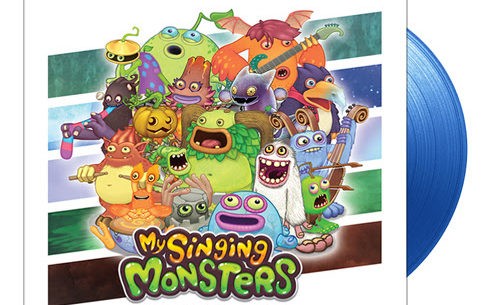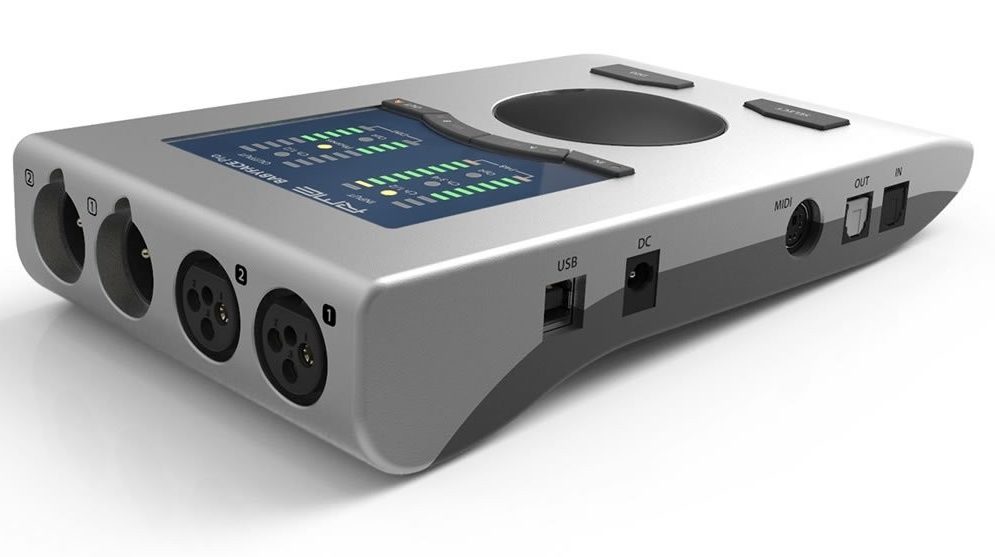
Review by Matthew Kilford
Edited by Alyx Jones
Price: £675
Developer: RME
Reviewed on: Mac OSX High Sierra
I have a confession. I’m not the most tech savvy guy when it comes to audio interfaces. My fearful relationships with audio interfaces has lasted around 10 years. Only 3 of those years I would say I’ve been happy with my interface and I still occasionally fall off the wagon. So I was excited, but slightly trepidatious, to finally review the RME Babyface Pro. But here’s the thing, it simply works and does what it’s told… and therein lies its beauty.
First Look
My name is Matt, and I never got the hang of breakout cables (There, I’ve said it. It’s nice to get that out in the open). Although I never got my hands on the original Babyface interface released back in 2011, I’m glad to see they’ve found a way to get all the inputs and outputs nicely presented around the Babyface Pro. Did I mention it’s pretty much built like a tank? It won’t take up too much room on your desk, table, or yoga ball as I imagine this beast has such an impressive core, it could sit on one for hours on end. If that wasn’t enough for you, the carry case is equally impressive in design and is a useful add on, one which too many competitors don’t seem to think about.
The Rotary encoder feels sleek enough and the buttons have a nice weight to them to give you some feedback. The meters are visibly pleasing on the eye and although you do have to get through a few clicks to get where you want sometimes, depending on what point you are at in your workflow, it’s not a deal breaker by any means. I could go on but I won’t. You can see pictures and have probably spent more than an hour already looking at it on your phone while sat across from your friend at lunch.
The connectivity
I’m keeping this simple:
- 2 x Analogue Mic inputs with Phantom Power
- 2 x Line, Instrument inputs.
- 1 X ADAT I/O or 1 SPDIF I/O Optical
- 1 X MIDI I/O
- 1 X USB 2.0 Connection (USB 3.0 Compatible)
- 2 Headphone inputs 1/4 and 1/8 inputs ( 1/4 for the audiophiles and 1/8 for the audiophiles who forget their good headphones and have run out and grab some earbuds bought last minute at Poundland)
Joking aside, their purpose is for high and low impedance headphones but the above statement has some truth and no doubt already occurred countless times across the globe.
Finally, one of the most impressive achievements with the Babyface Pro is that BOTH XLR inputs can be powered at the same time by 48v phantom power, with only the USB connection. Most interfaces need the external power supply to achieve this. Hats off to RME for that. A big plus.

The Sound
The one thing you’ll hear about RME products compared to other interfaces is “they sound very clean”. Having now used their Mic Pre’s, I understand where this comes from. It’s true, they don’t necessarily have the colour or vibe compared to some other interfaces but they’re very quiet in terms of signal to noise and can boast more gain than a few of it’s competitors (65db gain). I’ve often struggled to get enough gain from my SM7 mic when using various interfaces in the past. So in my view, there’s no need for some cloudlifter/fethead magic to help with extra gain on this interface.
Furthermore, some other quotes you’ll often see from lovers of the Babyface and RME Products in general is, “they have the best latency” and the drivers are “rock solid”. Now I may have only had the unit loaned to me for a few weeks but these quotes so far are spot on. I’ve not had a single problem with the unit losing connection or giving me any trouble of any kind.
The latency on the Babyface Pro was in fact a real eye opener (I’ve yet to try the Apollo Twin before you ask). I got very impressive results playing my electric guitar though Logic and S-Gear. Similar results hit home when playing my midi keyboard with Kontakt or any inbuilt Logic libraries. The Babyface Pro just works and works tremendously. I can’t stress this enough.
The fact it’s class compliant means you can even connect it to an iPad or iPhone via a lightning cable to USB camera adaptor kit. You can then download the TotalMix FX app for and ‘hey presto’, you’re using your iPad with an audio interface rather than participating in a Buzzfeed quiz that’s asking you to “guess what species of sloth you’d be, by choosing your favourite sandwich”. You will need the external power supply bought separately to make this wizardry happen though.
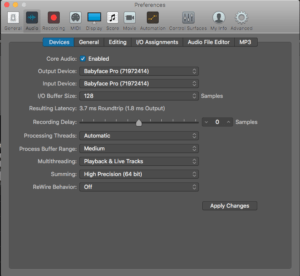
Not convinced yet? Here’s a another great review of the RME Babyface Pro here from Consordini
For an in-depth look at other high-quality audio interface reviews check out this article
TotalMix FX
How deep do I want to go here?! TotalMix FX is the free mixer software that runs in the background while let’s be honest, you’re just wanting to plug something in, hear it working and start to record. It’s the one part that of this Babyface Pro package that rightly, has a bit of a learning curve, and deservedly so.
In TotalMix FX you can access your Hardware inputs to: switch on phantom power, invert the phase, stereo link the inputs or switch in a pad for your microphones. The big winner is the ability to add the inbuilt DSP reverb, EQ, or even delay to your tracks when recording, without any additional latency, which can often occur with some of your favourite plugins. This is great when recording vocal sessions, either at your studio or for a remote session. You can also route different audio sources to certain outputs and have different mixes from your DAW sent to headphones (again great for vocalists/ overdubs etc.)
The main control room section allows you click and listen in mono (very important to me) and assign things like the talkback mic and switch in a master dim level. Without doubt, once you connect up more I/O with the ADAT/SPIF capability, TotalMix FX really comes into its own and for most of us we won’t use it to its full potential. I urge you to click and read more on its capabilities here.
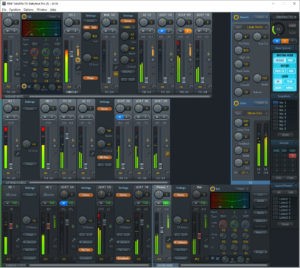
What’s Missing?
I must admit, for most, this unit covers almost everyone’s needs in a home studio or remote studio environment. It’s no surprise this interface seems to be one of the most popular for composers at home who mainly work with sample libraries and midi, with occasional usage of the mic pre’s. It’s absolutely perfect for that.
I know there’s no room with the current design but I would have loved another pair of outputs to connect to a 2nd pair of monitors/speakers/boombox for referencing. Two years ago this wouldn’t have entered my head but more interfaces are including this now as standard. Especially on the more expensive units which the Babyface Pro no doubt is, and if you know your room, a second pair of monitors (even an old radio with an Aux input) can tell you a lot about your mix. With the ADAT/SPDIF connectivity, it is possible to achieve this and more with the Babyface Pro as your main hub across a bigger system.
Some people have mentioned that the XLR’s don’t click into place which could cause problems. I have yet to experience this problem but can appreciate their concern. The main rotary encoder controls all the levels digitally so sometimes it takes a few clicks to get to what you need to change. Honestly though, a few weeks more use and purchase real viagra I think the muscle memory will have kicked in and it wouldn’t be a problem. It’s only because I’ve had a couple of years with my current interface that I’m used to having everything arguably more laid out, to hand.
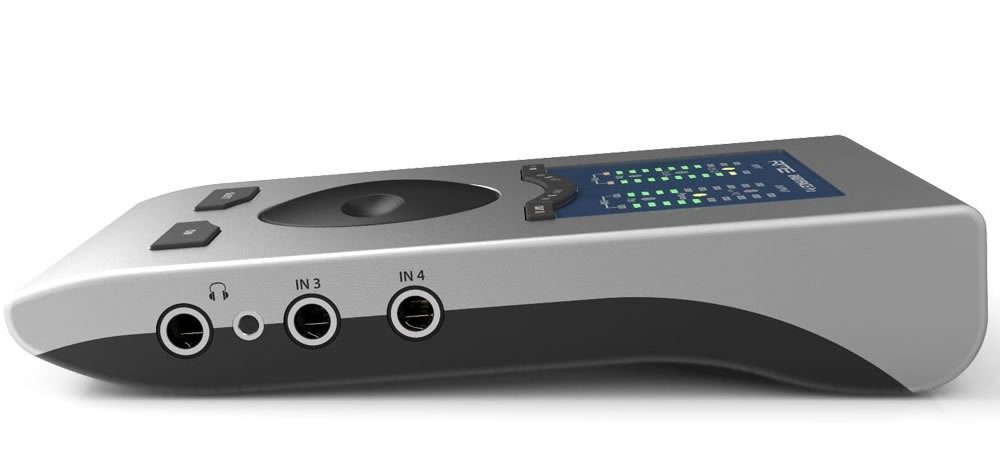
Conclusion
The Babyface interface (original and Pro) almost always seemed unreachable in my journey of making and recording music. It was almost mythical in how well it performed reading countless audio forums over the past several years. To finally try it out and understand why people love the interface so much has hit home and if your budget allows, I would choose this over most of the slighter cheaper, and even some of the more expensive interfaces, for sure. If you’re after a more analogue Audient direction or the even UAD route then I certainly would still, if you can, try out the Babyface Pro to compare, it might surprise you. Certainly not in stability or sheer quality but in performance.
It’s screaming out to those who just want their audio interface to simply work. Many of us suffocate ourselves with temperamental gear and lose hours of productivity and fail to hit deadlines because of problems with our interface. Something that just works and works well, is something you can’t put a price on. Well you can… its retail price is approximately £675, but I personally feel it is worth it.
LINKS
Official
We hope you enjoyed Matthew’s review, check out others in our Reviews section. Don’t forget to sign up to our Monthly Newsletter to make sure you don’t miss out on our reviews and interviews.
We’re also running a Patreon campaign to make sure we can keep bringing you regular, high quality content if you’re feeling generous! Thanks for even sharing!
The Sound Architect



